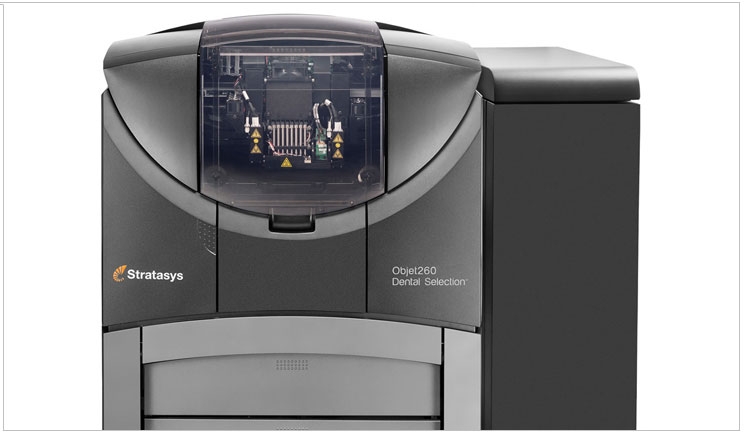
The role of 3-D printing is growing in dentistry as it creates custom tools, implants, and even teeth. Some manufacturers now produce 3-D printers designed specifically for dental applications. But consumer models are available at electronics stores, too. Scientists at the OMFS-IMPATH Research Group with the University Hospitals Leuven in Belgium set out to compare their accuracy.
“The meaning is to test inexpensive 3-D printers available in computer shops versus stereolithography and expensive printing,” said Professor Reinhilde Jacobs of the department of imaging and pathology at the OMFS-IMPATH Research Group.
The researchers scanned a pair of adult, dry human mandibles with CBCT. Next, they printed models of premolars using 4 different 3-D printers. Dimensional differences between the natural teeth and the models were evaluated directly using volumetric differences and indirectly through optical scanning. Analysis of variance, Pearson correlation, and Bland Altman plots were applied for statistical analysis.
The volumetric measurements of the teeth and the models showed no statistical differences, neither directly nor indirectly. The mean volume difference ranged from 3.1 mm3 (0.7%) to 4.4 mm3 (1.9%) for the direct measurement and -1.3 mm3 (-0.6%) and 11.9 mm3 (5.9%) for the optical scan. A surface part comparison analysis showed that 90% of the values revealed a distance deviation within 0.0 and 0.25 mm.
“Everything has to do with the required resolution of your model. If that needs to be 5 µm accurate, you will for sure need to work with data and printing at that level, implying expensive printing. On the other hand, if the required accuracy has a 200-µm level, inexpensive printing can also be applied,” said Jacobs.
The researchers noted that the high accuracy for all printed teeth models compared to the natural tooth opens perspectives for clinical use of cost-effective 3-D printed teeth for surgical procedures such as tooth auto-transplantation.
“Teeth can be printed, and the printing of teeth will surely become more and more interesting,” said Jacobs, “not only for the current application, yet also for other applications, and we are busy with that.”
The study, “Validation of Cone-Beam Computed Tomography-Based Tooth Printing Using Different Three Dimensional Printing Technologies,” was published by Oral Surgery Oral Medicine Oral Pathology Oral Radiology.
Related Articles
3-D Printing Promises A Custom Care Revolution
3-D Printed Substrate Kills Microbes
3-D Printer Builds Models, Arches, and Appliances











